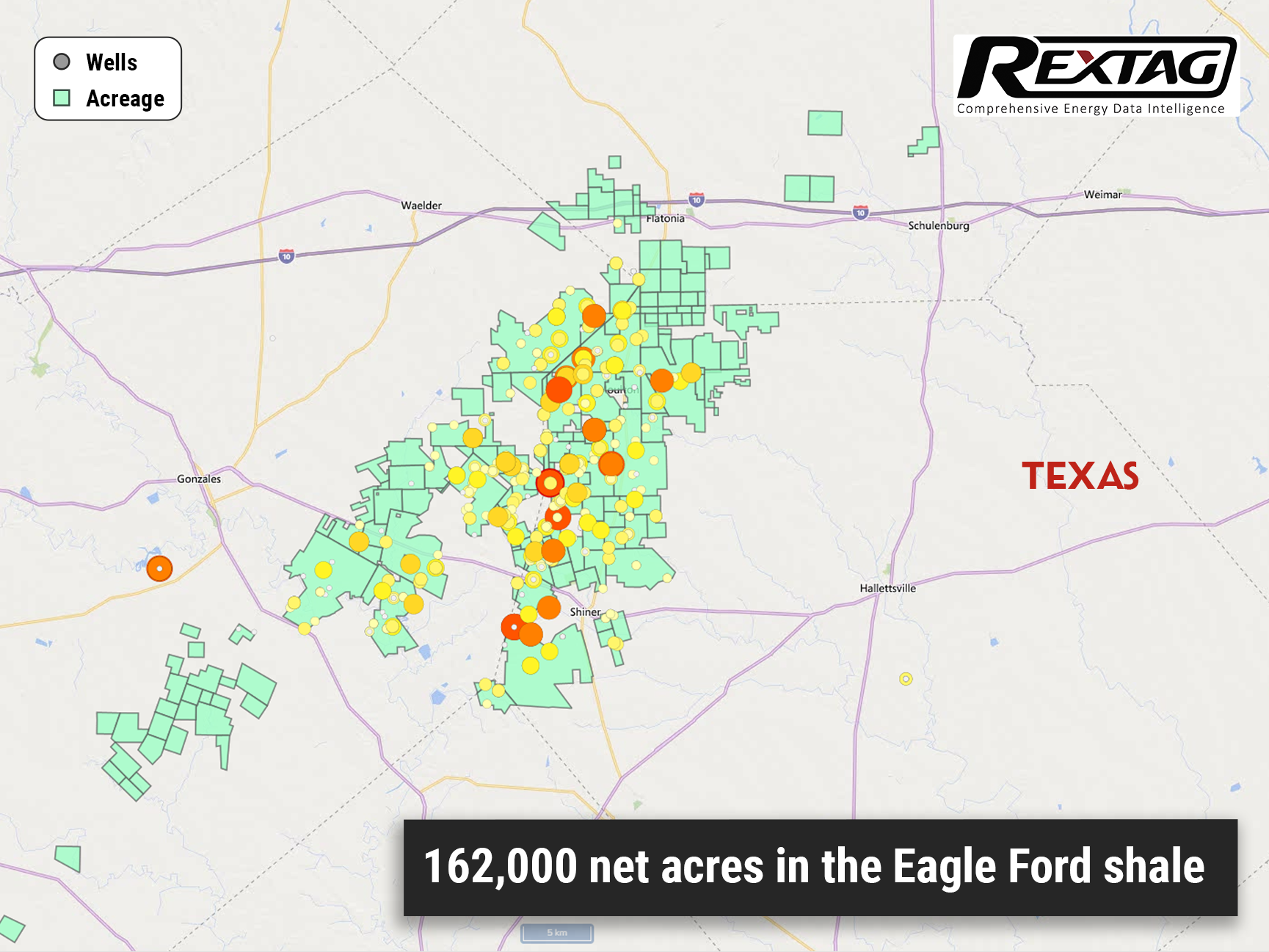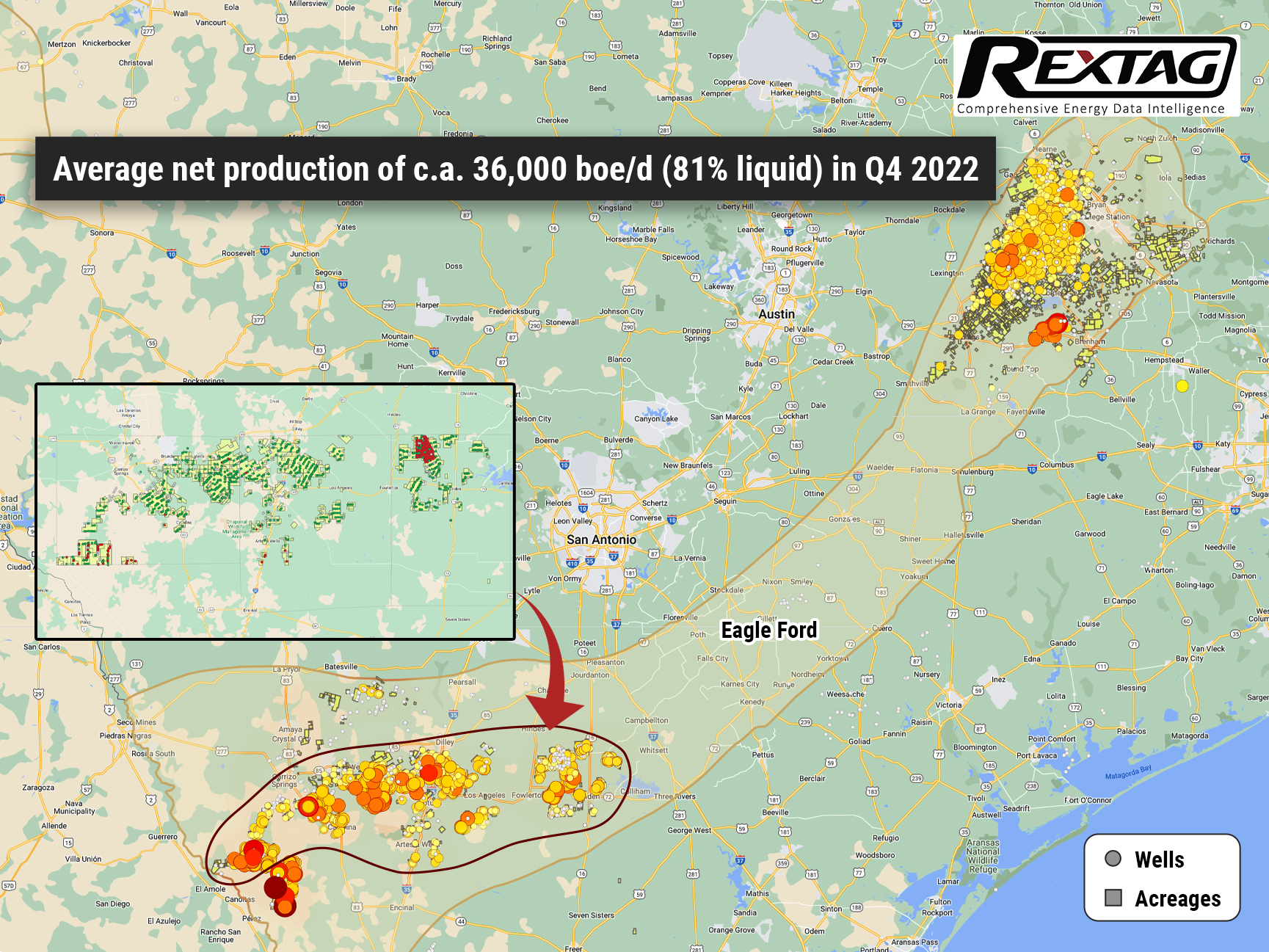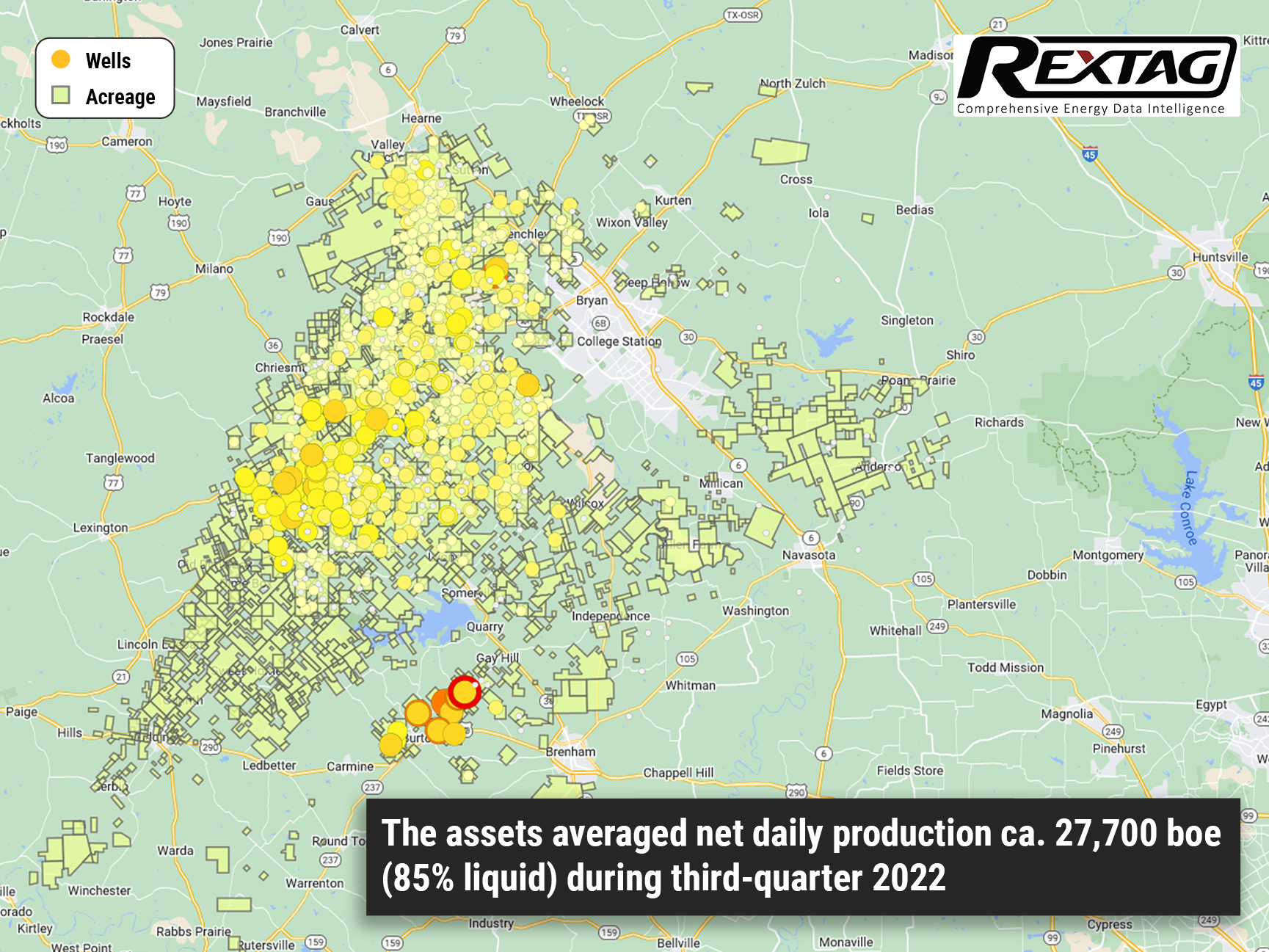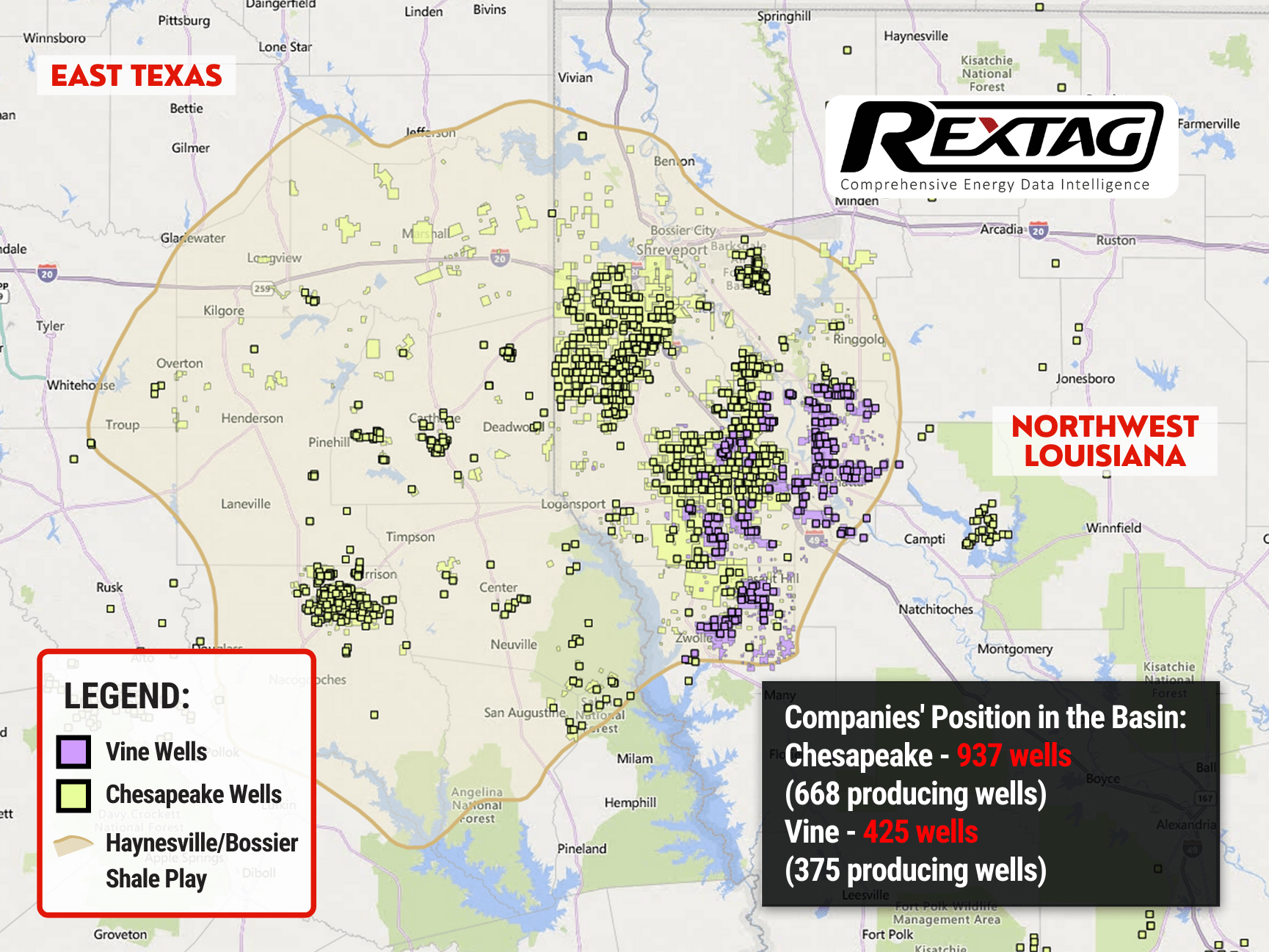Blog
Since days when shale oil and gas technologies were discovered, the U.S. energy industry has been evolving more rapidly than ever before. Many changes are amazing especially when you put them on an industry map. At Rextag not only do we keep you aware of major projects such as pipelines or LNG terminals placed in service. Even less significant news are still important to us, be it new wells drilled or processing plants put to regular maintenance.
Daily improvements often come unnoticed but you can still follow these together with us. Our main input is to “clip it” to the related map: map of crude oil refineries or that of natural gas compressor stations. Where do you get and follow your important industry news? Maybe you are subscribed to your favorite social media feeds or industry journals. Whatever your choice is, you are looking for the story. What happened? Who made it happen? WHY does this matter? (Remember, it is all about ‘What’s in It For Me’ (WIIFM) principle).
How Rextag blog helps? Here we are concerned with looking at things both CLOSELY and FROM A DISTANCE.
"Looking closely" means reflecting where exactly the object is located.
"From a distance" means helping you see a broader picture.
New power plant added in North-East? See exactly what kind of transmission lines approach it and where do they go. Are there other power plants around? GIS data do not come as a mere dot on a map. We collect so many additional data attributes: operator and owner records, physical parameters and production data. Sometimes you will be lucky to grab some specific area maps we share on our blog. Often, there is data behind it as well. Who are top midstream operators in Permian this year? What mileage falls to the share or Kinder Morgan in the San-Juan basin? Do you know? Do you want to know?
All right, then let us see WHERE things happen. Read this blog, capture the energy infrastructure mapped and stay aware with Rextag data!
Expand Energy: From Chesapeake’s Fall to America’s Top Natural Gas Producer
Before it was Expand Energy, the largest natural gas-weighted exploration and production company in the U.S., it was Chesapeake Energy. This company faced and survived nearly every extreme the energy industry could throw, including bankruptcy. With its recent $7.4 billion merger with Southwestern Energy, Expand Energy has achieved a new milestone: it’s the largest natural gas producer in the U.S., powered by substantial reserves and resources across crucial shale regions.
SilverBow Successfully Completes $700MM Purchase of Chesapeake’s South Texas Holdings
SilverBow Resources Inc. finished buying Chesapeake Energy Corp.'s oil and gas areas in South Texas. They agreed to this $700 million deal back in August. The deal included SilverBow paying $650 million in cash when the deal was closed. They will also pay another $50 million in cash a year later, with some usual changes in the amount. Chesapeake might get an additional $50 million later, depending on the prices of oil and gas in the future. SilverBow paid for this big purchase with the money they had, by borrowing from their credit line, and by selling more of their second lien notes.
WhiteHawk Energy Expands Portfolio with $54 Million Marcellus Shale Natural Gas Asset Purchase
WhiteHawk Energy has recently completed a significant acquisition in the Marcellus Shale, investing $54 million. This deal has effectively doubled their mineral and royalty ownership in the Marcellus Shale, particularly in Greene and Washington counties in Pennsylvania. This region is noted for its high-quality natural gas reserves. WhiteHawk’s Marcellus assets now encompass approximately 475,000 gross unit acres, featuring production from about 1,315 horizontal shale wells. In addition to this, they own interests in 72 wells-in-progress, 64 permitted wells, and nearly 900 undeveloped Marcellus locations. This acquisition is expected to double WhiteHawk's net revenue interest in each well within its Marcellus holdings.
Energy Giant Baytex Makes a Bold Move: Snaps Up Ranger Oil in $2.5 Billion Deal
Baytex Energy Group has announced that it will acquire Eagle Ford exploration and production company, Ranger Oil, for approximately $2.5 billion in cash and stock, which includes taking over the company's existing debt. Upon the successful closure of the acquisition, Baytex will have a controlling stake of approximately 63% in the newly merged company, leaving Ranger shareholders with around 37%. This significant move is in line with a trend of substantial mergers and acquisitions in the Eagle Ford area, with Marathon Oil, Devon Energy, and Chesapeake Energy among the companies involved in recent transactions.
Chesapeake Divests More Eagle Ford Assets; 172,000 n.a. and 2K+ Wells Sold to INEOS For $1.4 billion
Chesapeake Energy Corp. has announced that it will receive $1.4 billion from INEOS Energy for the sale of its remaining Eagle Ford asset, just a month after selling its Brazos Valley assets for a similar amount. This brings the total value of Chesapeake's Eagle Ford assets to over $2.82 billion. The Oklahoma City-based company will continue to market its other Eagle Ford assets.
Haynesville's Top 2022 Players That Made It Happen
After reaching record-high production in 2021, the Haynesville Shale seemed to have a quiet 2022, with a smattering of deal activity and attention seemingly focused more on LNG exports than production. Meanwhile, the indications are that the third-largest producing gas shale in the U.S. is growing up for a robust 2023 if commodity prices stand still. Top basin performers Chesapeake Energy, Southwestern Energy, Comstock Resources, Aethon Energy, and Rockcliff Energy II produced a combined total of 1.53 MMboe/d, 83 bbl/d of oil, and 9.2 Bcf/d of gas in the first half of 2022.
 .jpg)
.png)

.png)

.png)


.png)
